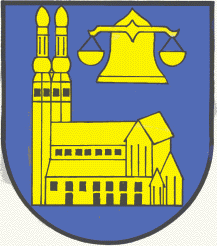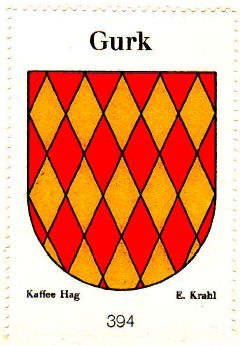Gurk: Difference between revisions
Jump to navigation
Jump to search
Knorrepoes (talk | contribs) m (Text replace - "|width="15%"|50 px|right |}" to "|width="15%"|50 px|right |}<seo title="Wappen, Gemeindewappen" />") |
Knorrepoes (talk | contribs) m (Text replace - "|width="15%"|50 px|right |}<seo title="Wappen, Gemeindewappen" />" to "|width="15%"|50 px|right |}<seo title="Wappen von Österreich" />") |
||
| Line 3: | Line 3: | ||
|width="70%" align="center" |'''Heraldry of the World<br>Civic heraldry of [[Austria]] - [[Austria|Österreichische Gemeindewappen]]''' | |width="70%" align="center" |'''Heraldry of the World<br>Civic heraldry of [[Austria]] - [[Austria|Österreichische Gemeindewappen]]''' | ||
|width="15%"|[[File:Austria.jpg|50 px|right]] | |width="15%"|[[File:Austria.jpg|50 px|right]] | ||
|}<seo title="Wappen | |}<seo title="Wappen von Österreich" /> | ||
'''GURK''' | '''GURK''' | ||
Revision as of 11:19, 8 November 2012
| Heraldry of the World Civic heraldry of Austria - Österreichische Gemeindewappen |
GURK
State : Kärnten
District : Sankt Veit an der Glan
Origin/meaning
The arms were officially granted on February 20, 1969 and again on June 8, 1973.
From the Middle Ages on, a bishop resided at Gurk to take care of the Carinthian parts of the archdiocese of Salzburg. A beautiful Cathedral was built at Gurk, a well-known example of the Romanesque style in Austria.
According to tradition, St. Hemma, the inofficial patron-saint of Carinthia, supervised the building personally. It is said that every labourer received his just wages - even when he tried to grab more than his due out of the money-bag at the accounting table.
The arms refer to this tradition, depicting the Cathedral at Gurk.
| The arms in the Coffee Hag album +/- 1932 |
Literature : Image provided by Karl Palfrader (k.palfrader@aon.at)


